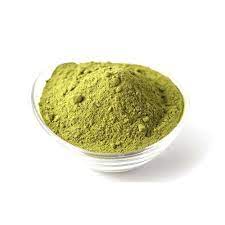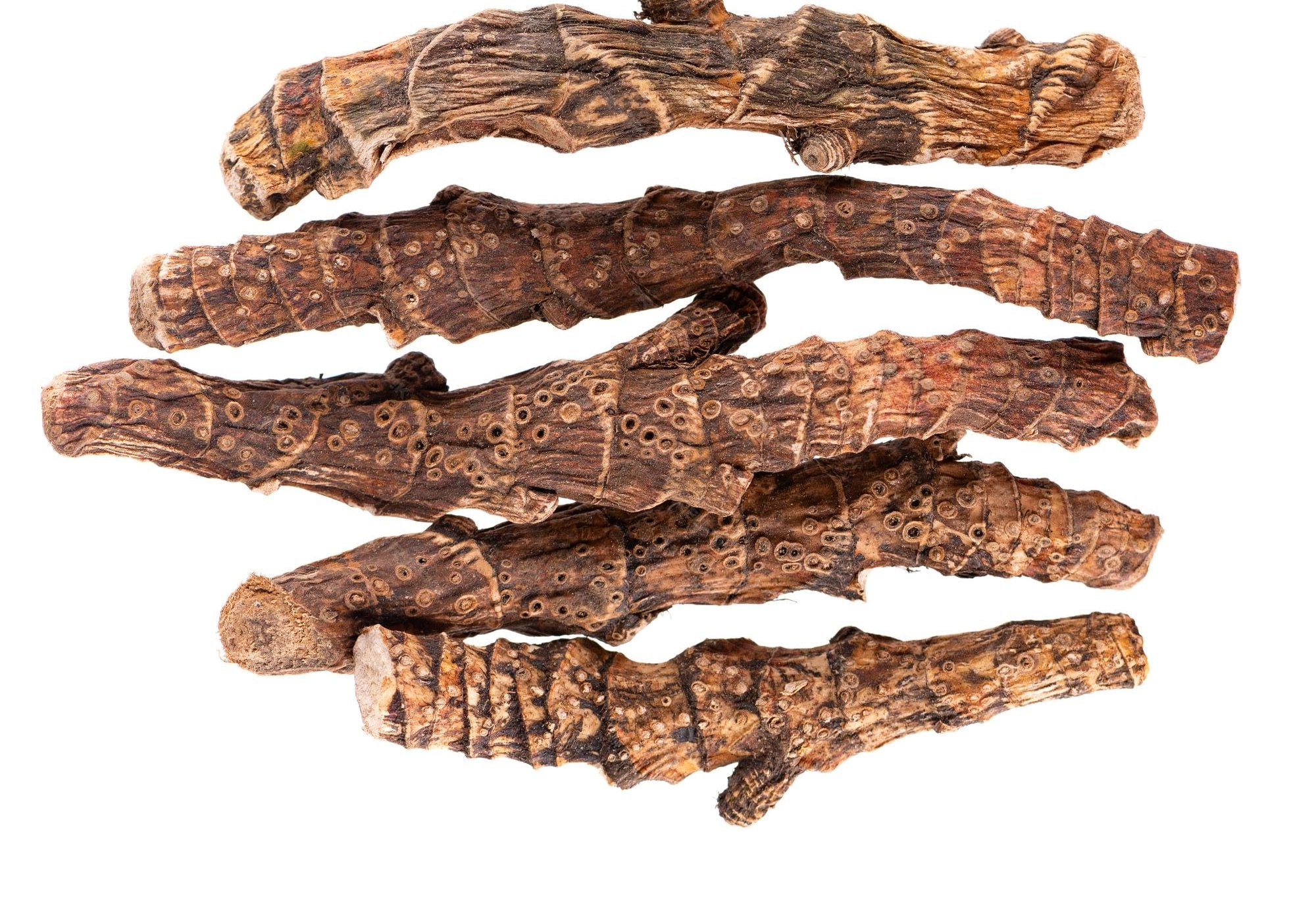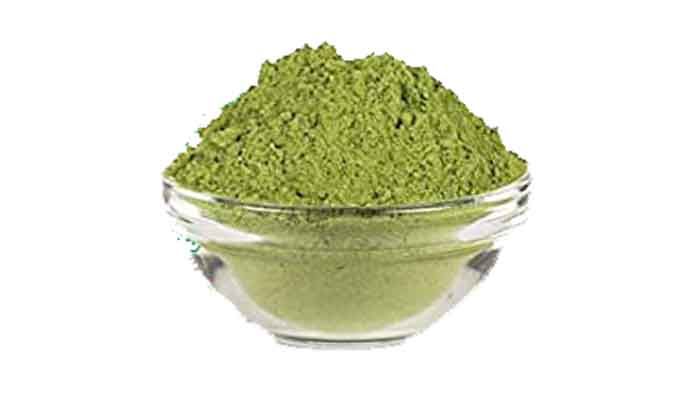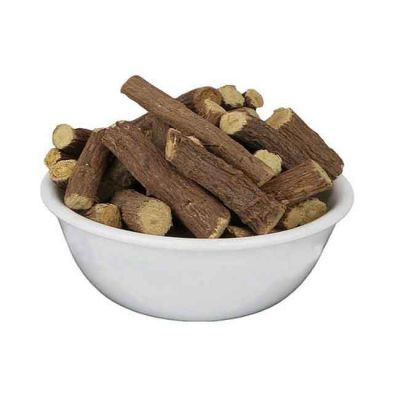Wild Turmeric and Ayurveda: Historical Uses and Modern Benefits

Wild turmeric, also known as Curcuma aromatica or kasturi manjal in India, has been a revered herb in Ayurvedic medicine for centuries. Unlike the commonly known turmeric (Curcuma longa), wild turmeric has its own unique properties and applications, especially valued for its benefits in skin care and wound healing. Let's explore the traditional Ayurvedic uses of wild turmeric and how modern practices are rediscovering its value.
The Origins and Ayurvedic Roots of Wild Turmeric
In Ayurveda, wild turmeric is known as a "sattvic herb", which means it promotes clarity, calmness, and overall well-being. Its history is rich, as it has been used by Ayurvedic practitioners for:
- Skin Brightening and Clarifying: Traditionally, wild turmeric was ground into a paste and applied to the skin for its varnya (skin brightening) effects. Brides in ancient India often used it as a beauty treatment before their wedding to achieve a glowing complexion.
- Wound Healing and Antiseptic: The herb was also used for its krimighna (antimicrobial) properties. Ancient Ayurvedic texts describe its application to heal cuts, insect bites, and skin infections.
- Digestive Aid: While not as widely used for digestion as Curcuma longa, wild turmeric was occasionally employed to ease stomach issues and promote gut health.
- Calming the Mind and Balancing Doshas: In Ayurveda, wild turmeric is thought to balance the three doshas (Vata, Pitta, and Kapha). It has a calming effect on the mind, making it a popular choice for spiritual practices and meditation.
Key Ayurvedic Properties of Wild Turmeric
- Rasa (Taste): Bitter, pungent
- Guna (Qualities): Light, dry
- Virya (Potency): Cooling
- Vipaka (Post-digestive effect): Pungent
These qualities make it an ideal herb for cooling the body, detoxifying the skin, and treating inflammatory conditions, which are essential aspects of Ayurveda’s approach to skin and health.
Modern-Day Benefits of Wild Turmeric
As holistic wellness practices gain popularity, wild turmeric is being rediscovered in skincare, health supplements, and natural remedies. Some of its modern applications include:
-
Natural Skin Care: Wild turmeric’s antibacterial properties make it a popular ingredient in face masks and creams to fight acne, control excess oil, and brighten the skin. Many beauty brands now incorporate wild turmeric in their products, as consumers are seeking natural alternatives for clearer, brighter skin.
-
Anti-Inflammatory Benefits: While Curcuma longa is well-known for its anti-inflammatory effects, wild turmeric also contains curcuminoids, compounds with similar properties. This makes it a valuable ingredient in topical treatments for conditions like eczema, rosacea, and other inflammatory skin issues.
-
Anti-Aging Properties: With its high levels of antioxidants, wild turmeric helps combat free radicals, which are known to cause premature aging. This has led to an increase in wild turmeric being used in anti-aging skincare products.
-
A Natural Antiseptic: Just as it was used traditionally, wild turmeric can still serve as an antiseptic. Many people use it today in DIY skincare recipes and first-aid ointments to soothe wounds and prevent infection.
-
A Mind-Calming Herb: As mindfulness and meditation practices continue to rise, wild turmeric is sometimes used for its gentle calming effects. It can help reduce stress when taken in small amounts, often paired with other Ayurvedic herbs like ashwagandha and tulsi for an added calming effect.
How to Use Wild Turmeric Today
-
Face Mask: Mix a small amount of wild turmeric powder with honey or aloe vera and apply it as a mask. Leave it on for 10-15 minutes before rinsing to get a natural glow and help reduce acne.
-
Healing Paste: For cuts or insect bites, a paste made with wild turmeric and water can be applied to reduce inflammation and prevent infection.
-
Herbal Teas and Supplements: Wild turmeric can be consumed in capsule form or made into a tea for those seeking its benefits internally. However, it’s important to start with small amounts and consult a healthcare provider for safe dosage.
Precautions and Considerations
Wild turmeric is generally safe for topical use, but it may cause skin irritation for those with sensitive skin. Always do a patch test before using it widely on your skin. For internal use, consult with an Ayurvedic practitioner or healthcare provider to ensure proper dosage, as wild turmeric can be more potent than regular turmeric.
Conclusion
Wild turmeric's journey from ancient Ayurvedic texts to modern wellness routines shows its timeless value. Whether used for skin care, wound healing, or its calming properties, wild turmeric is a remarkable herb that connects us with the healing traditions of Ayurveda. Embracing this golden root can bring natural beauty and well-being into our lives, rooted in centuries-old wisdom but adapted for today’s wellness needs.
Click here











